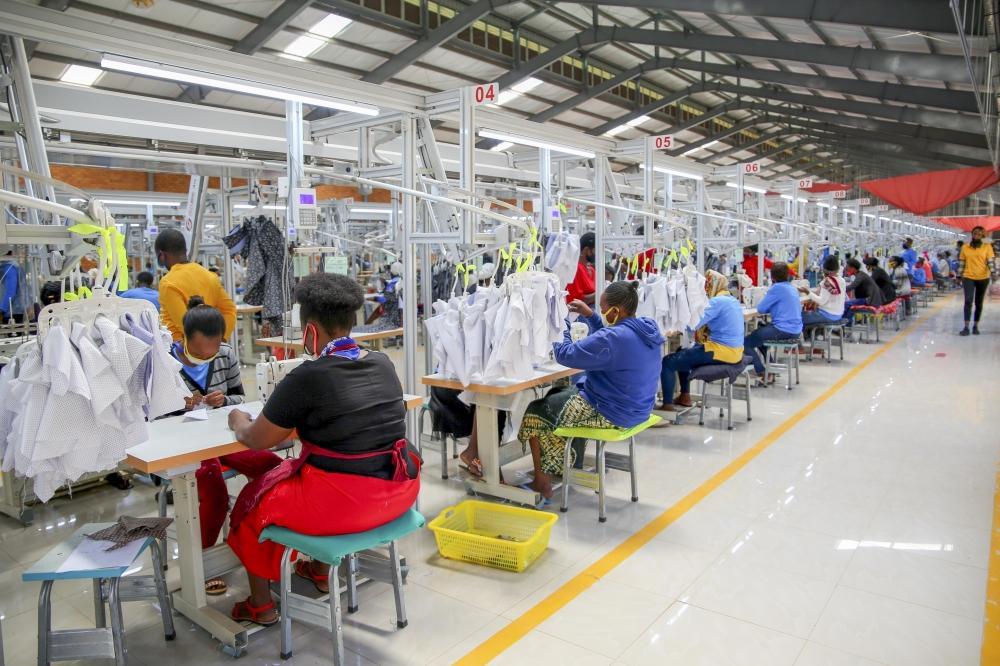Jarvis Shema
Africa-Press – Rwanda. By 2035, all advanced economies and many large emerging markets will cross the “demographic turning point,” when the share of working-age people begins to decline. Globally, the average age is projected to rise by 11 years between 2020 and 2100.
While population aging is often seen as a threat to growth and public finances, it also presents new economic opportunities. The IMF’s World Economic Outlook (April 2025) emphasises that aging populations can remain productive contributors if policies adapt accordingly.
Rwanda, with a median age of just 20, is one of the youngest countries in the world. Yet this demographic transition is inevitable. Preparing early offers Rwanda the chance to turn aging into a strategic advantage.
This commentary explores policies Rwanda could adopt to prepare for an aging society while examining the opportunities and risks of the emerging “silver economy.”
The silver economy
The silver economy refers to goods, services, and activities that meet the needs of older adults, typically aged 50 and above. Globally, people are living longer: over the past two decades, life expectancy has increased by 4.5 years, offering the potential for extended working lives, higher productivity, and sustained economic growth.
In Rwanda, only 4.2% of the population is currently aged 65+ compared with a global average of over 10%. By mid-century, this share is expected to double. Early preparation will be critical to manage fiscal pressures while unlocking opportunities in health, pensions, lifelong learning, and inclusive labor markets.
By investing now, Rwanda can build a silver economy that treats older adults as active participants rather than dependents, aligning with Vision 2050’s goals of sustainable growth and inclusive prosperity.
Lessons from Singapore
Singapore, often cited for its rapid development and governance innovation, provides a model for aging policy. Nearly 20% of Singapore’s population is over 65, yet labour force participation among seniors remains around 28.5%, one of the highest in the world. This success stems from policies promoting lifelong learning, skills upgrading, and digital health initiatives.
For Rwanda, the window to prepare remains wide open. Life expectancy has risen from 49 years in 2000 to about 69 years in 2022. Investing in age-inclusive workforce development, decentralised healthcare, and community-led eldercare leveraging traditions such as Umuganda, Rwanda’s monthly day of service could create culturally grounded and cost-effective support systems.
Opportunities and risks
Aging populations bring both challenges and potential. Health improvements can extend working lives but only to a limited degree. The WEO (2025) notes that better health raises labour participation by up to 5 percentage points for people in their 50s, but only 1–2 points for those in their 60s and beyond. Without early intervention, Rwanda risks premature workforce exits, labour shortages, and slower growth.
Fiscal pressures are another concern. Delayed reforms elsewhere have led to age-related public spending increases of 2–3% of GDP within two decades.
Rwanda must ensure pension and healthcare systems include both rural and informal populations, who constitute over 70% of the population, to avoid widening inequality.
Yet the opportunities are substantial. The global silver economy is projected to reach $15 trillion by 2050. For Rwanda, this translates into new markets in healthcare, wellness, age-friendly housing, and financial services.
Older Rwandans could thrive as entrepreneurs, mentors, and consumers.
Promoting lifelong learning and digital inclusion can transform aging from a challenge into a driver of innovation and inclusive growth.
Preparing today for tomorrow
Rwanda’s demographic future is both a privilege and a responsibility. Its young population provides momentum, while careful planning can ensure that tomorrow’s aging population fuels growth rather than hampers it.
National frameworks such as the Economic Development and Poverty Reduction Strategy, the National Strategy for Transformation, and Vision 2050 already reflect this forward-looking mindset.
With just 4.2% of the population currently aged 65+, but a doubling expected by mid-century, the time to act is now. Rwanda’s success will depend not on resisting aging, but on embracing it. If planned wisely, the silver economy will not be a burden, it will be Rwanda’s next great engine of growth.
Source: The New Times
For More News And Analysis About Rwanda Follow Africa-Press






